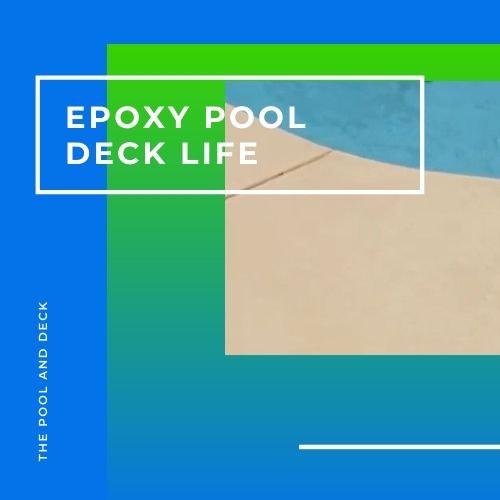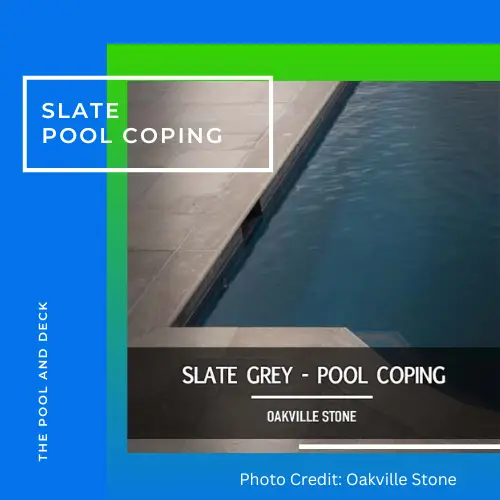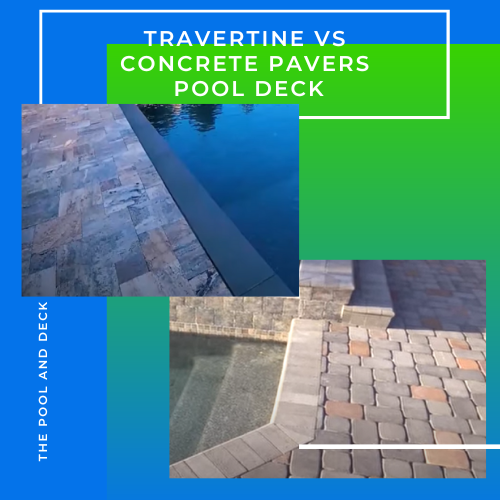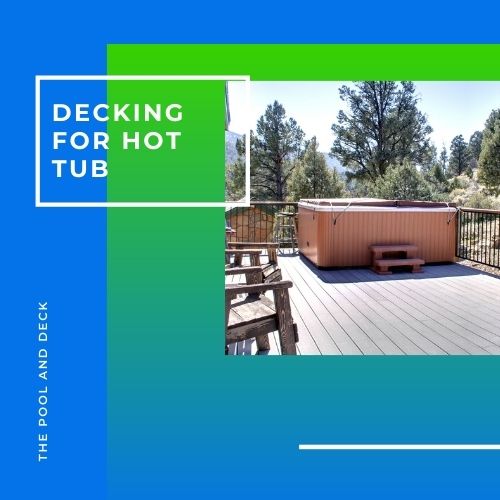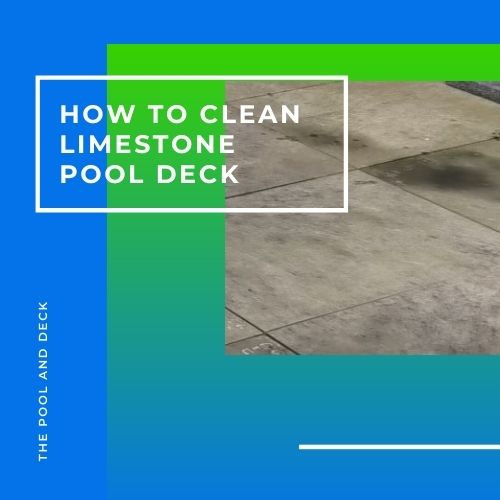Does Travertine Get Hot in the Sun? (How To Make Cool Decks?)
As an Amazon Associate, I earn from qualifying purchases.
Table of Contents
Does Travertine Get Hot in the Sun?
Thinking of building an in-ground pool in the backyard? Fantastic! To make the best use of your pool you would want a stunning deck too. One where you can relax, dine or party. Travertine pavers or tiles can give you the earthy, timeless look of natural stone without breaking the bank. But does travertine get hot in the sun?
Travertine does not get too hot in the sun because it is a sedimentary stone, rich in calcite and with a fairly high “specific heat capacity”. The temperature rise of travertine, exposed to the afternoon sun, is much lower than that of other stones such as granite and marble.
When choosing the material for your pool decking you are most likely going to be asking the following 4 questions:
- How much will it cost?
- How will it look?
- Will it be slippery when wet?
- Will it get hot in the sun?
The fourth question will be even more important if you live in one of the southern states where the midday temperature is usually over 80 degrees during summer.

Travertine checks all the boxes. No wonder travertine is the most popular pool decking stone in states like Florida, Texas, California, etc.
In this post I will explain why travertine does not get as hot as other natural stones or concrete pool decks. It has to do with what travertine is and its specific heat capacity.
What Is Travertine Stone Made Of?
Travertine is a natural stone, from the family of limestone.
Natural stones from the earth that are used in the building industry come mostly from one of the following three groups.
- Sedimentary Rocks: such as Limestone & Travertine
- Metamorphic Rocks: such as Marble
- Igneous Rocks: such as Granite
Like limestone, travertine is primarily composed of calcite. The difference between the two is that the calcite source of limestone is from biological activity, while the calcite source of travertine is from volcanic activity.
Travertine is formed when rivers and springs, especially mineral and hot springs evaporate. Travertine is a dense banded rock in light earthy tones.
In the US, travertine is found in several locations, the Yellowstone National Park being the most well known landmark. Several locations in Europe and Central & South America have notable travertine deposits.
The Romans had used travertine, centuries ago, to build temples, aqueducts and amphitheaters.
The Colosseum is the largest building in the world constructed mostly of travertine.
WIKIPEDIA
The color range, composition and porosity of travertine can vary widely, depending on the source. When two persons, even experts, talk about travertine pavers or tiles, they could, as well, be talking about two different materials
You have to be very careful when you decide to use travertine pavers, tiles or coping for your pool deck. Visit the showroom, see and feel for yourself before you buy it. And ask a lot of questions!
What Is Meant by Specific Heat Capacity?
The specific heat capacity is defined as the quantity of heat (J) absorbed per unit mass (kg) of the material when its temperature increases 1 K (or 1 °C), and its units are J/(kg K) or J/(kg °C).
ScienceDirect
The specific heat capacity is intrinsic to the material. It depends on both the chemical composition and physical structure of the material. Water has a very high specific heat capacity, while metals such as iron tend to have very low specific heat capacity.
Generally speaking, lower the Specific Heat Capacity, higher will be the rise in temperature, under the same sunlight conditions.
A pool decking material with higher specific heat capacity will not get as hot as the one that has a lower specific heat capacity.
The specific heat capacity of some common paving materials is given in the table below:
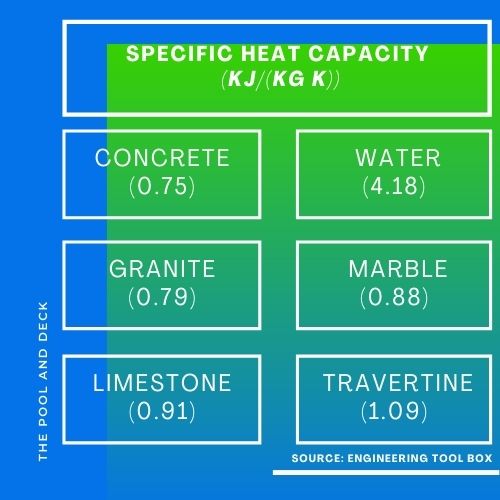
Data Source: Engineering Tool Box
Concrete & Water Specific Heat Capacity is mentioned so that you can put the paving materials in perspective.
As you can see, Travertine is pretty high on the list. In other words, travertine, will get less hot under the sun compared to concrete, granite, marble, etc.
How To Make Cool Travertine Even Cooler
Travertine is the coolest pool decking you can buy. (Only wood decking is cooler, but it is not that easy to maintain).
Here are a few tips so that you can make your travertine pool deck even cooler.
Texture (Smooth vs Rough)
Generally speaking, smooth & polished travertine will get hotter than rough or textured travertine pavers. The sun is the hottest during the afternoon. Sun’s rays hit the deck vertically.
The entire surface of a smooth travertine paver is exposed to the rays. Smooth surfaces absorb a lot more of the light which gets converted to heat energy.
Textured travertine pavers & tiles absorb less of the light. The texture diffuses and reflects part of the rays as they fall at an angle.
Using travertine pavers with sandblasted, tumbled or flamed finish will make your deck less hot in the sun.
Color (Light vs Dark)
Travertine is available in a range of earth colors. It can range from pastel tones like ivory & cream to deeper tones like red & walnut.
Choosing a lighter shade of travertine paver for your pool deck will make it less hot under the blazing sun. Why? Because light colors reflect most of the sunlight while dark colors absorb most of the sunlight.
It stands to reason that a light colored travertine pool deck would get less hot than a dark colored travertine pool deck.
Thickness (Paver vs Tile)
Whenever possible opt to use a travertine paver rather than a travertine tile. A paver is thicker ( 1 ¼” – 2″) as compared to tiles (½”). As a thumb rule, the thicker a paver or a tile, the less hot it will get in the sun. Even for the same material.
The specific heat capacity of a material is intrinsic to it. However, the heat capacity is a multiple of the specific heat capacity and the mass of the material.
As a thicker paver has more mass, for the same amount of sunlight, the temperature rise will be less.
Additionally you can lay pavers on sand. You do not need concrete or grout. This also helps to dissipate the heat and keep the paver cooler.
Thank you very much for reading the post. I do hope you found it informative and helpful.


